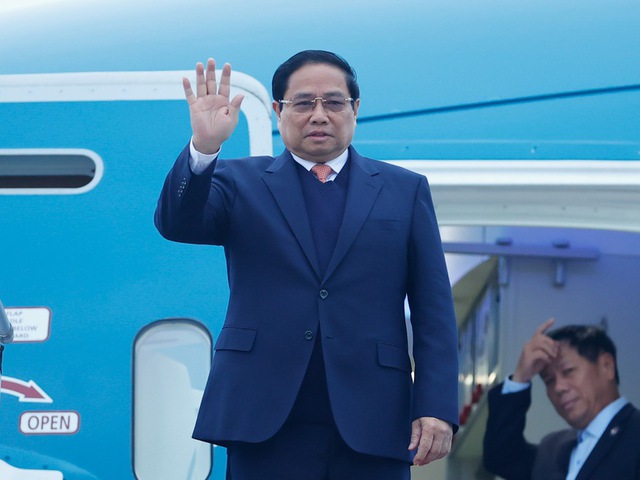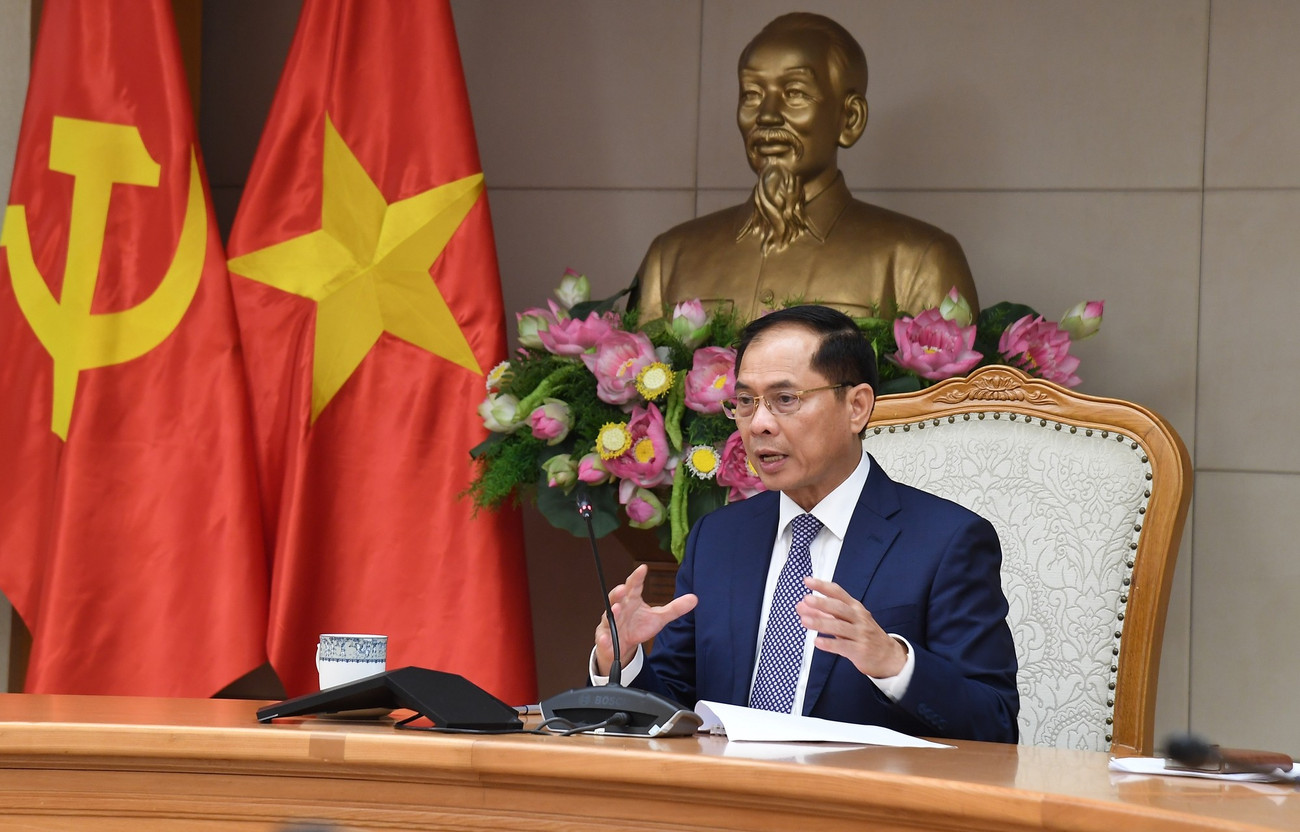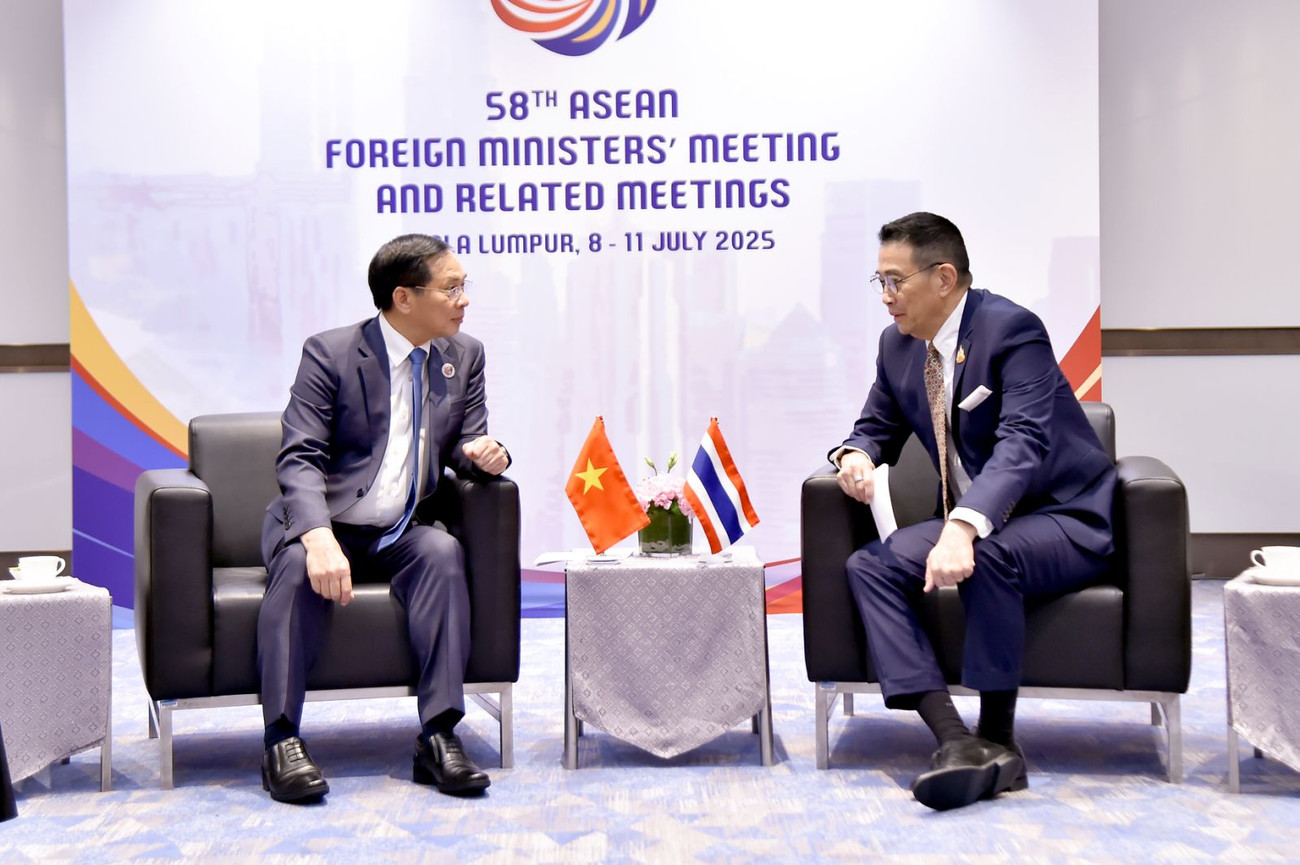MOIT VIETNAM | Vietnam and Laos Chart a Path Toward Strategic, Sustainable Trade and Investment Cooperation
/ News / Activities
Vietnam and Laos Chart a Path Toward Strategic, Sustainable Trade and Investment Cooperation
A substantial opportunity for both countries to progress their bilateral engagement in a more substantive, strategic, and durable direction has presented itself as a result of the recent state visit to Laos by Vietnamese President Lương Cường. This visit represents a key point in the relationship between Vietnam and Laos. During this visit, the long-standing political trust that exists between the two countries is reaffirmed, and it also signifies a tightening of commercial connections in the midst of changing dynamics on both the regional and global levels.
Vietnam and Laos have been cultivating a partnership that is founded on solidarity, mutual support, and common aims ever since the beginning of diplomatic ties in 1962. Over the course of several decades, this particular connection has proven to be of great assistance in the post-war reconstruction and modernization of both nations. Through the establishment of a solid foundation for increased economic partnership, the shared vision of peace, independence, and prosperity has been established.
.jpg)
This has led to significant progress being made in terms of economic collaboration and commerce between the two countries. The structure of trade between the two nations has evolved toward sustainability, with an increasing diversity in the categories of items that are traded and a substantial increase in the amount of industrial and processed commodities.
Exploiting the Potential of Borders for Economic Development
An area that is rich in development potential and of strategic importance along the East-West Economic Corridor is shared by Vietnam and Laos along a border that is more than 2,300 kilometers long and runs across ten provinces on each side. This border region is home to a robust system of economic gateways, which includes nine international border gates, six primary checkpoints, eighteen auxiliary gates, and twenty-seven municipal openings. It is important to note that nine border economic zones have been formed in order to facilitate trade across borders.
The two countries have agreed to develop three essential legal frameworks that serve as the foundation for bilateral trade in order to institutionalize economic cooperation. Among these are the Vietnam–Laos Border Trade Agreement, which was signed in 2015 and is in effect until 2024; a new Bilateral Trade Agreement, which was negotiated in April 2024 and will go into effect beginning in February 2025; and a major energy agreement, which was inked in January 2025 and oversees the trade of coal and power between the two nations.
As a result of these accords, both nations have demonstrated their common dedication to leveraging geographical proximity into economic advantage and to ensuring that their economic relationship is controlled by transparency, predictability, and mutual benefit.
The growth of trade is accelerating toward the target of $5 billion. The Ministry of Industry and Trade of Vietnam reports that the turnover of bilateral trade between Vietnam and Laos has surpassed two billion dollars in recent years and is well on its way to attaining the ambitious aim of five billion dollars. This indicates that there is a robust and persistent rising trend in bilateral trade, as the average annual growth rate of bilateral trade is nearly 12%.
Over the course of 2024, bilateral trade reached a total of USD 2.25 billion, representing a 38.2% rise over 2023. With an increase of 41.6%, Vietnam's exports to Laos reached USD 755.2 million, while the country's imports from Laos reached USD 1.5 billion, representing a 36.5% increase.
Only in the first quarter of 2025, the total turnover of commerce reached USD 980.1 million, which is an astounding rise of 105.5% compared to the previous year. Vietnam's exports reached USD 346.4 million, representing a growth of 138.6%, while Laos's imports reached USD 633.6 million, representing a growth of 91.1%. Not only do these numbers demonstrate an increase in volume, but they also demonstrate a discernible shift in the content of commerce.
The high-value industries, particularly chemicals, industrial equipment, steel goods, and building materials, have become the primary focus of Vietnam's exports to Laos in recent years. Chemical items, machinery and replacement parts, steel and iron goods, animal feed, and transportation equipment are currently among the most important forms of exportable goods.
.jpg)
On the other hand, the majority of Vietnam's imports from Laos consist of raw commodities and resources that are essential for production. These include rubber, coal, fertilizers, wood and wood products, ores, and corn. The rebalancing of trade is an indication of a shift toward the integration of industries and the establishment of production chains with value addition.
It is anticipated that overall trade will reach USD 1.3 billion by April 2025, representing an increase of 112.6% year-over-year. It is anticipated that Vietnam's exports will amount to USD 466.8 million, representing a 150.8% increase, while the country's imports will amount to USD 852.7 million, representing a 96.2% increase. Additionally, Vietnam continues to report a trade deficit with Laos, which is anticipated to be 386 million USD. This is a 55.3% increase from the same time period in 2024.
In addition to business, Vietnamese investment in Laos has experienced significant expansion in recent years. To this day, Vietnamese businesses have made investments in 267 projects in Laos, with a total registered capital of 5.7 billion US dollars and a disbursed capital of around 2.8 billion US dollars.
The scope of these investments encompasses a wide range of industries, including as banking, telecommunications, rubber plantations and processing, food and dairy production, and agricultural manufacturing. Many of these businesses have proven to be extremely successful, making significant contributions to the socioeconomic development of Laos, creating thousands of employment, and increasing the amount of money collected by the state.
These kinds of partnerships not only strengthen economic relations, but they also build trust and capability at the grassroots level, which in turn fosters inclusive development in both nations.
Within the framework of bilateral relations, legal and institutional frameworks serve as the backbone.
The 47th Meeting of the Intergovernmental Committee between Vietnam and Laos, which took place in January 2025, commemorated yet another significant achievement in the realm of institutional cooperation. During the course of the meeting, the parties signed four significant documents of cooperation:
The Ministry of Education and Training of Vietnam and the Ministry of Education and Sports of Laos have developed a plan for educational cooperation that will be implemented in 2025.
In addition, thirteen investment certificates and permits with a combined value of nearly 1.8 billion US dollars were granted, which is a clear indication of the high level of trust in the bilateral business environment.
The signing of agreements on cross-border financial mechanisms between Vietnam and Laos is of utmost importance. These agreements include a framework for local currency settlements and bilateral retail payment connectivity. The implementation of these innovations is absolutely necessary in order to enhance liquidity, lower transaction costs, and facilitate more seamless flows of trade and investment.
Vietnam and Laos are progressively aligning their economic cooperation plans to solve contemporary issues, ranging from climate change and digital transformation to energy security and regional supply chain resilience. This is a step toward a modern and resilient partnership between the two countries.
As a result of the nations' mutual understanding that sustainability and resilience must serve as the foundation for future cooperation, the new trade and energy accords have been reached. This includes a concentration on ecologically responsible development, the creation of modern infrastructure, and the training of human resource personnel.
In the years to come, Vietnam and Laos intend to take their cooperation to new heights by capitalizing on their geographical proximity, cultural affinity, and long-standing political trust in order to achieve this goal. In Southeast Asia, the connection between the two countries is a powerful example of cooperation that is mutually beneficial. This is because the two countries are continuing to develop their collaboration in areas such as commerce, investment, infrastructure, and innovation.
-
/ News / Activities
Prime Minister Pham Minh Chinh’s Strategic Visit to Laos Marks New Chapter in Bilateral Relations
Prime Minister Pham Minh Chinh’s official visit to the Lao People’s Democratic Republic and his co-chairmanship of the 47th meeting of the Vietnam–...
-
/ News
Deepening Cooperation, Strengthening Regional Unity
On the afternoon of July 28, 2025, at the Government Headquarters in Hanoi, Deputy Prime Minister and Minister of Foreign Affairs of Vietnam, Mr. B...
-
/ News / Activities
Vietnam and Laos Accelerate Toward Deeper Regional Integration and Unprecedented Trade Growth
In an era where regional connectivity and economic resilience are critical pillars for national development, Vietnam and Laos are emerging as a mod...





